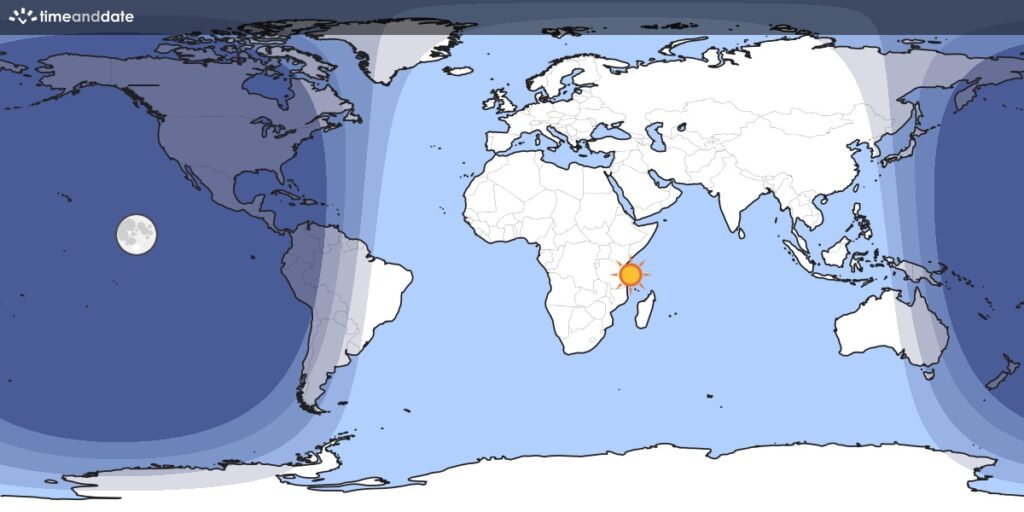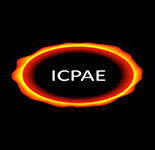
Oct 10th 2022, 09:00 UTC
11:00 CEST and 05:00 EDT
2:30 PM in New Delhi, 11 AM in Paris,
5 PM in Beijing, and 5 AM in New York
Understanding the Dust Devil activity on Mars
Shefali Uttam
(Physical Research Laboratory, India)
Recorded video: YouTube, Bilibili
Abstract:
The Martian Planetary Boundary Layer (PBL) is the lowest 10 km of the atmosphere that is directly influenced by the surface forcing. The PBL is highly turbulent on Mars owing to high thermal contrasts, short radiative timescales, low atmospheric density and steep topographical gradients; leading to a strong vertical mixing in the atmosphere. The dust gets entrained into the PBL because of the turbulent mechanisms, and are transported by atmospheric winds to spatial scales from local to global. They can remain suspended for hours or days as the gravitational pull of Mars is low. This dust has important feedback on the climate of Mars and has a strong impact on the atmosphere’s thermal and dynamical state by absorbing incoming solar radiation and outgoing radiation from the surface. Thus, it is important to study the processes by which dust can enter into the atmosphere, for which convective vortices have been proposed as an efficient mechanism. The vortices in which winds and pressure drop are strong enough to pull dust from the surface into the atmosphere are called “dust devils”. But the quantitative contribution to the total dust loading in the atmosphere and relative dust loading within the dust devil, are not well understood. In this webinar I will discuss about the various characteristics of Martian dust devils, and their quantitative investigation. I will discuss about the in-situ meteorological data recorded by NASA’s Curiosity rover, to detect convective vortex events on Mars. We have detected several dust devils in Gale crater, by analyzing data from the Rover Environmental Monitoring Station (REMS), onboard the Curiosity rover during Martian Year 33. A seasonal variation of these events suggest that they are frequent during the local summer season, during which the pressure drop associated with the vortex events are also high compared to other seasons. We model the spatial distribution of dust concentration within a steady state Martian dust devil. Our simulations indicate a maximum concentration of particles near the surface and at the boundary of the vortex. Finally, I will also discuss about the generation of electric fields within the dust devils due to tribocharging of the dust particles.
About the speaker:
Dr. Shefali Uttam completed her Ph.D. in August 2021 from Physical Research Laboratory, India under the supervision of Prof. Varun Sheel. The title of her thesis is “An Investigation of Martian Dust Devil Characteristics” in which she has studied about convective vortex properties and characteristics using various analytical and numerical approaches. Her research interests include modeling of dust lifting activities and understanding the impact of local topography, surface properties and dynamics of PBL in the dust lifting and transportation using mesoscale models.
Audience in the world:

(image credit: timeanddate.com)

Organization: ICPAE
(https://www.iamas.org/icpae/webinar)
Supported by IAMAS (https://www.iamas.org)
